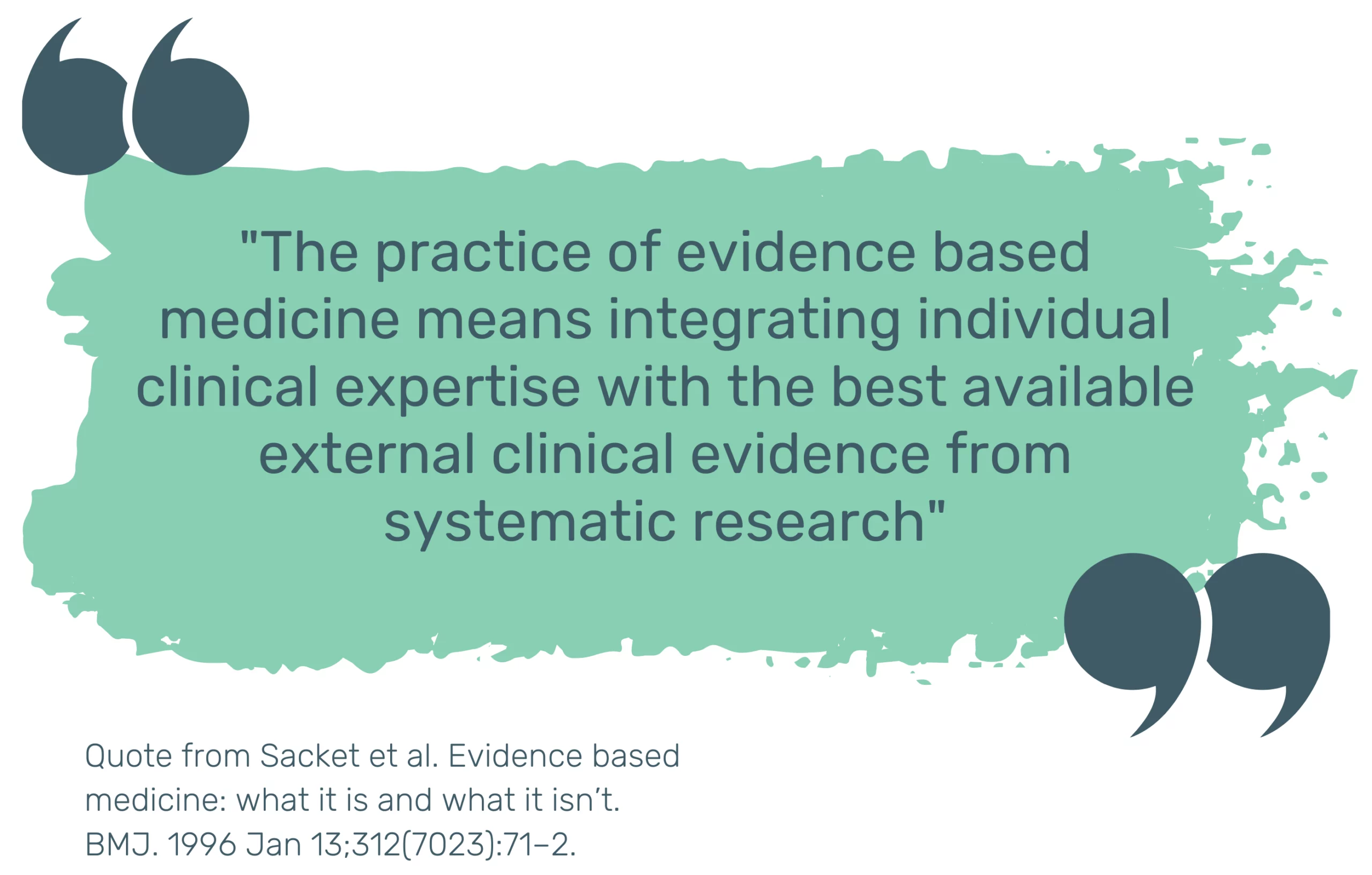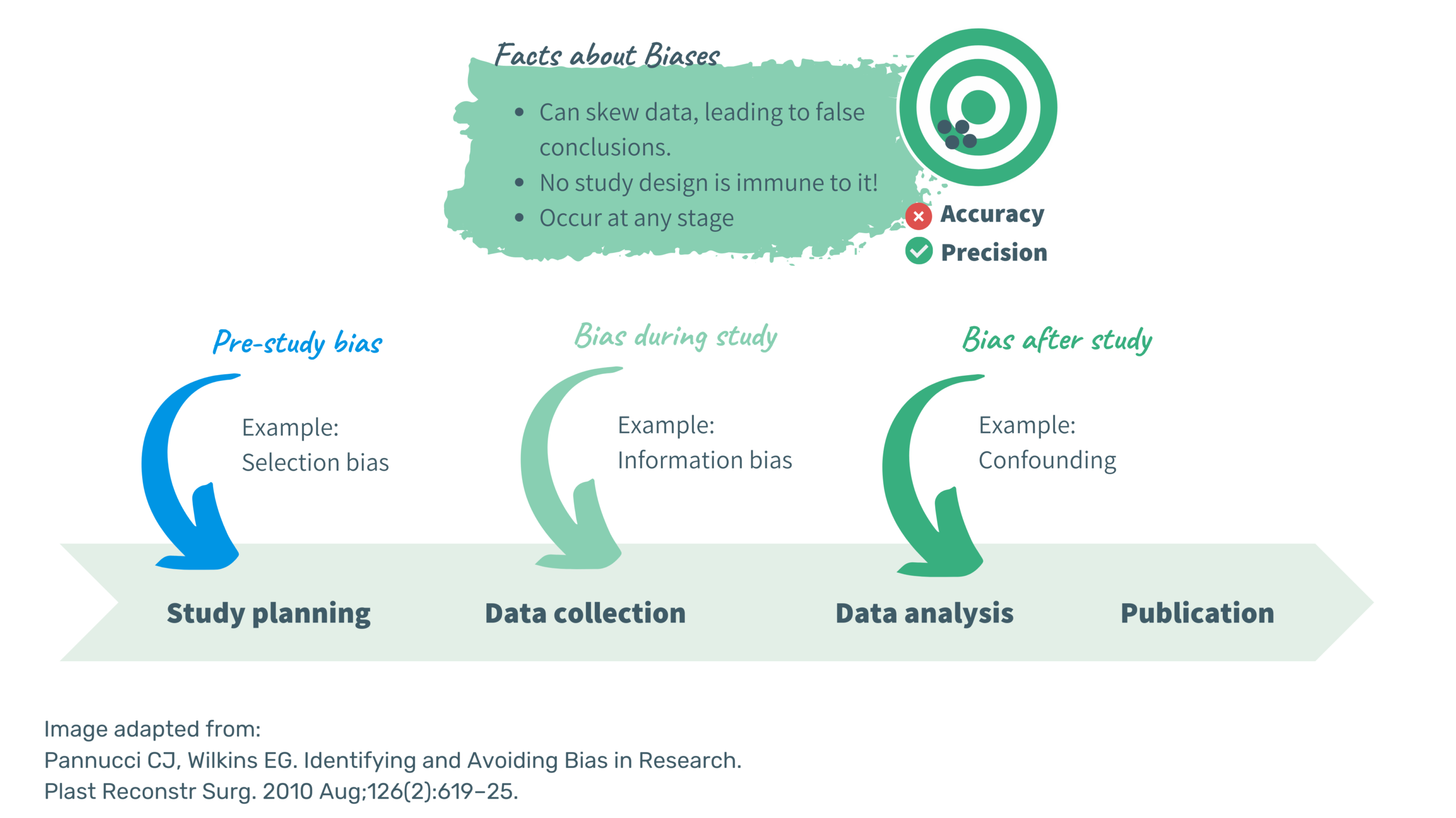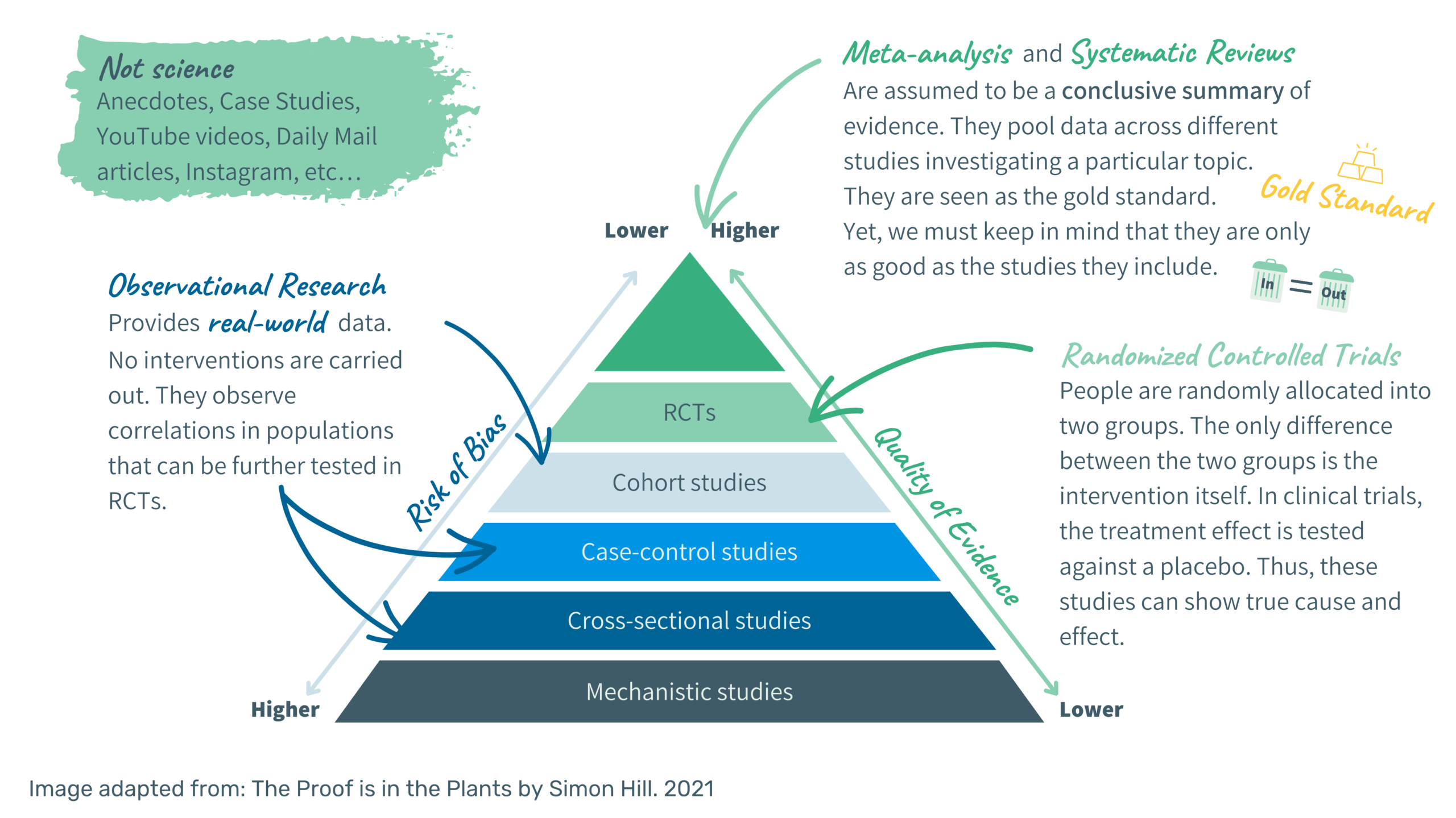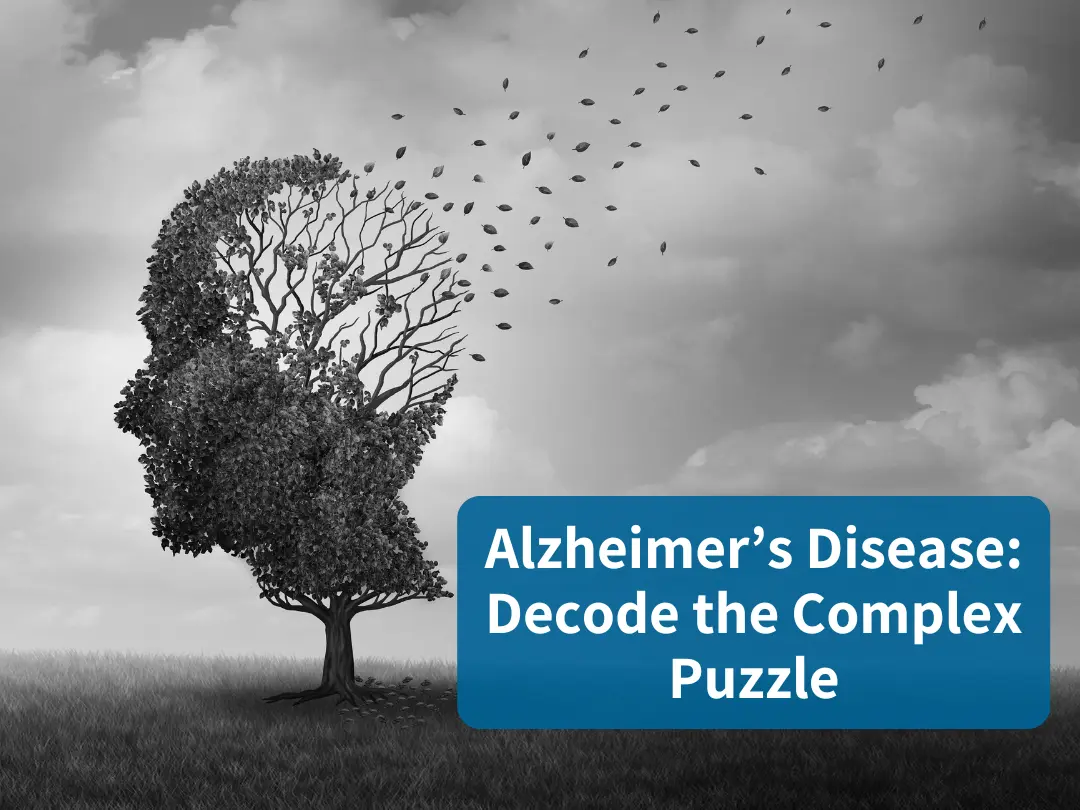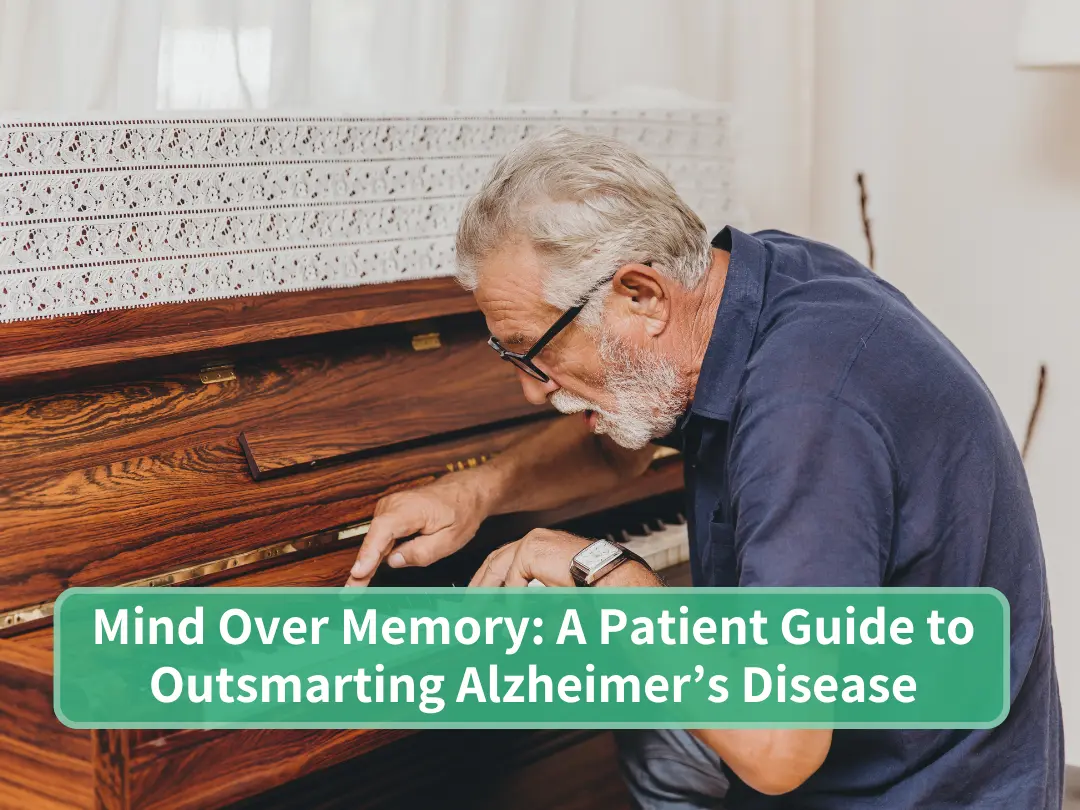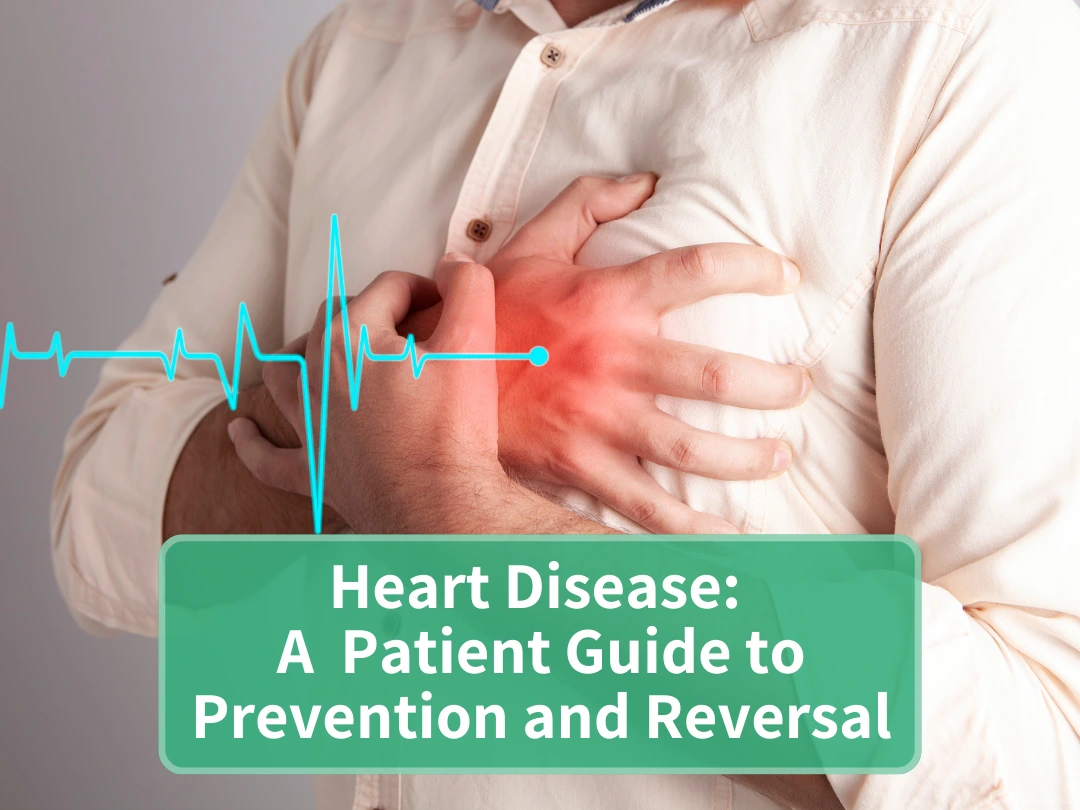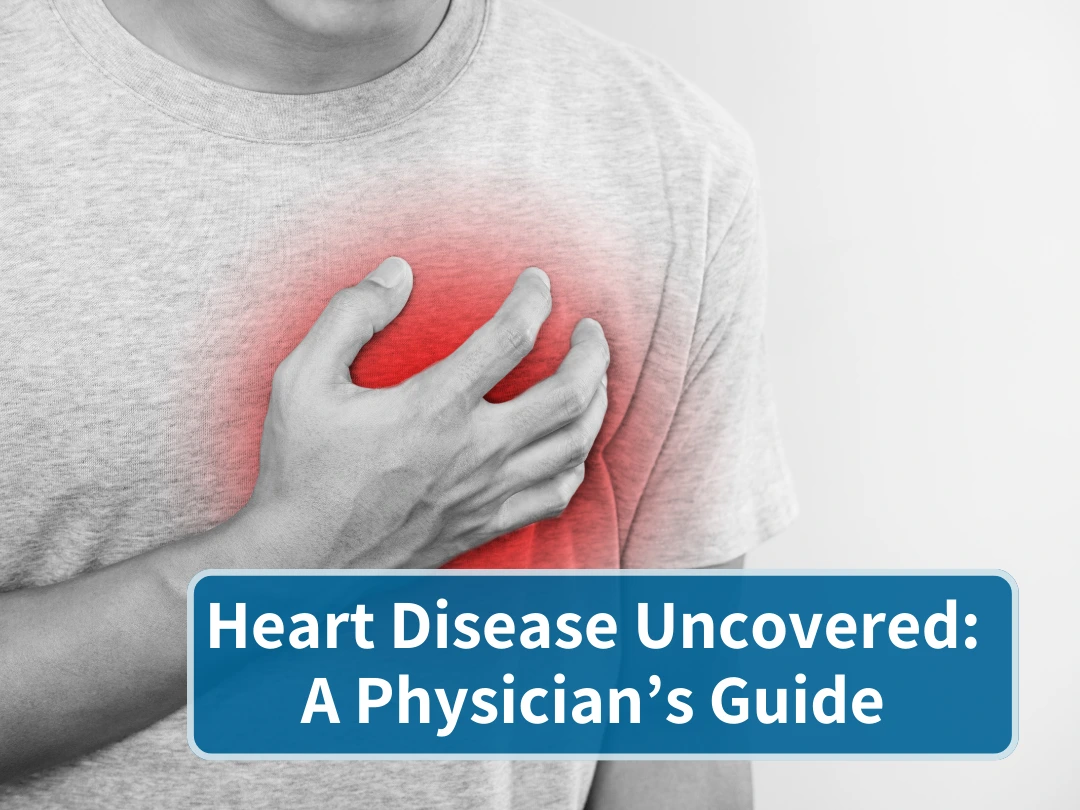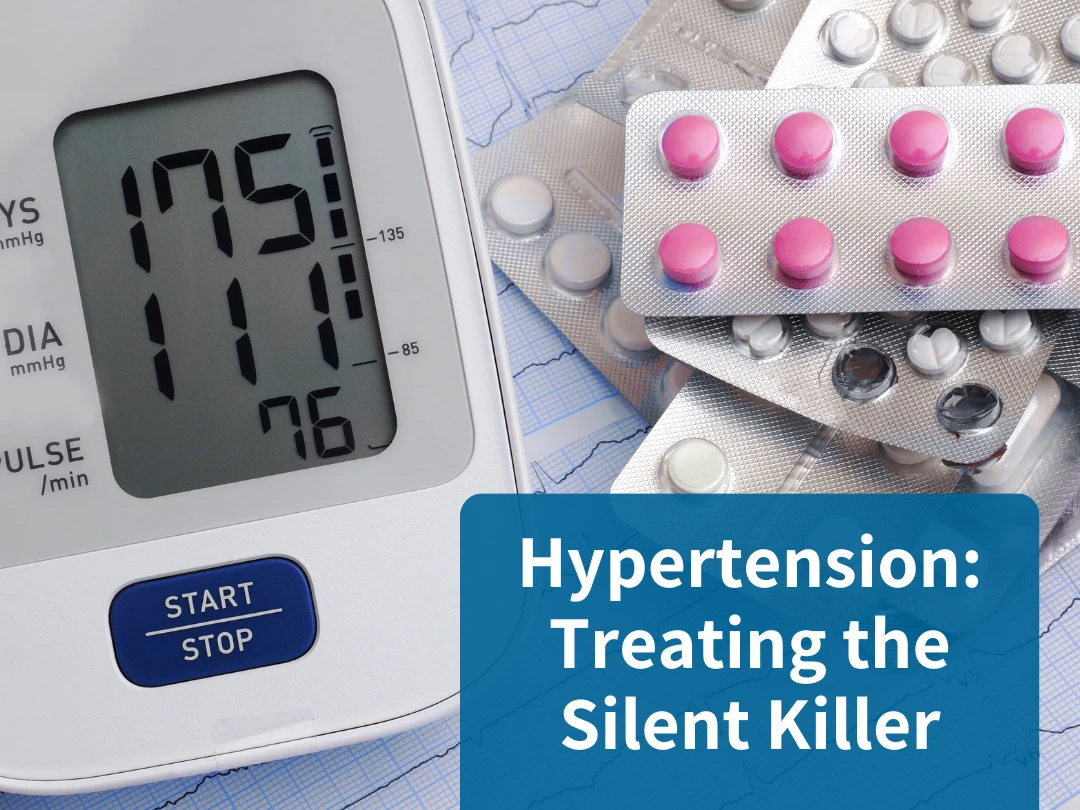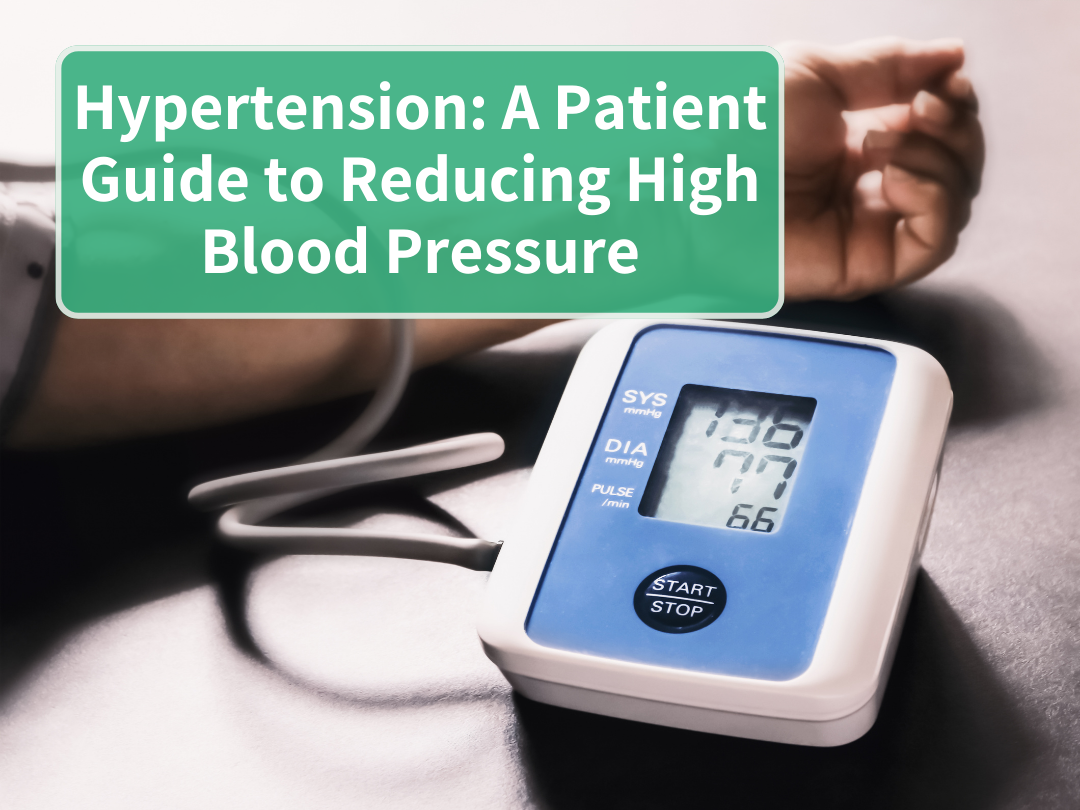
Get the Facts: An Introduction to Evidence-Based Nutrition
By Dr. Miriam Sonntag from the PAN Academy – our online learning platform where you can learn all about nutrition science. Do you want to know more about this topic? Check out Module 3 “Evaluation of Nutrition Studies” where we go into many more details about how to navigate the world of science literature.
What’s evidence-based practice?
But what are these studies, and how do we judge their reliability? It is important to note that not all studies are created equal. Instead, there is a hierarchy of evidence. Study designs are ranked based on their likelihood of bias. The higher the risk of bias, the lower the level of evidence.
Bias is a systematic error causing distorted results and wrong conclusions. It affects all study designs and can occur at any stage of the research process (3). Bias impacts the validity and reliability of research findings. Yet, it is not the only downgrading factor. Limitations in the study design, inconsistent results or imprecise estimates can reduce the quality of observational studies and randomized controlled trials (4).
The Hierarchy of Evidence
Meta-analyses, preferably of randomised controlled trials, represent the highest level of evidence. They provide a comprehensive overview of all relevant studies on a specific topic. These reviews combine and evaluate findings from similar studies to establish an overall effect size.
They can often provide more accurate and reliable results than a single study. Yet, we must keep in mind that they are only as good as the studies they include and how well the study designs match. It echoes the rubbish in, rubbish out concept. The validity of a meta-analysis depends on the quality of the studies used to support it. The greater the quantity and breadth of included studies, the less meaning the review holds. Whereas, the more studies that are excluded, the more subjective the analysis becomes.
Additionally, these reviews may not reflect the most current scientific knowledge. It can take years or even decades to incorporate the latest randomised controlled trials. Updating a meta-analysis requires synthesising a large amount of data from multiple studies. Yet, including too many studies can dilute results and impede conclusive findings.
2. Randomised Controlled Trials (RCTs):
RCTs are considered the gold standard of science. Subjects are randomly assigned to different groups. One group receives the new treatment (intervention group) while the other one receives a placebo or standard treatment (control group). Randomisation evens out known and unknown confounding factors that may affect the outcome.
Any differences in outcome can be attributed to the intervention being studied, rather than to other factors. Therefore, RCTs can prove causation. But the tightly controlled study design has its limitations. RCTs are by nature expensive and relatively short.
For drug trials, the short duration is not an issue. Drugs are designed to work quickly. But nutrients and the foods we eat are a different story. It can take years to see the benefits of a healthy diet in preventing chronic diseases. Unlike drugs, nutrients and foods have a wide range of effects and their impact may not be as noticeable (5). RCTs can provide one specific answer to one specific question. Yet, they might not be the best tool for studying the complex interaction between diet, lifestyle, and health (6). For example, RCTs are impractical when testing which diet is best for longevity.
A huge number of subjects would need to adhere to a specific diet for the rest of their lives to show significant differences. Yet, compliance is hard to control. People might change their eating habits or drop out of the study altogether. Thus, it is challenging to isolate the effects of a dietary intervention and answer what caused the measured effects. Are they attributable to what was eaten or what was replaced?
3. Observational Studies:
Observational studies, also known as epidemiological studies, are less reliable than RCTs and systematic reviews. But their findings, often called correlations, can still be meaningful. They can provide valuable insights into real-life situations.
No intervention is carried out. Instead, people’s lives are followed over a period of time. These studies help explore the associations between diet and health outcomes. They can identify the incidence, distribution and natural history of a disease within a population.
Although observational studies cannot establish causality, they can still be illuminating. They can help identify consistent patterns on a large scale. Especially when RCTs cannot be performed, these patterns should not be overlooked.
To make informed dietary choices, we need to look beyond individual studies. One topic can be studied in many ways. Each study provides just one perspective on the question at hand. Therefore, it is natural that the results will not always be the same.
The weight of evidence on a particular topic is key, though, and should drive health recommendations. We need to look at all the available data and piece it together. Where is the evidence as a whole pointing to?
Research is like a balancing act on an old-fashioned scale. The more weight on one side, the stronger the recommendation. Once the scale tips, the more evidence it requires to change course.
The likelihood of tipping towards one side not only depends on the total number of studies. It is way more important how a study was conducted and how reliable its findings are. Large, well-designed studies provide more robust results than smaller, poorly-designed ones.
To inform practical dietary advice, it is best to combine different lines of evidence. Real-world data from well-designed observational studies with findings from RCTs. Mechanistic studies in cells or animals may be fascinating, but their results do not always translate to humans.
How to implement the evidence-based process into practice?
The next time you investigate a particular topic, start with one specific question and get the evidence:
1. Consider the overall body of evidence, not just a single study.
2. Weigh the pros and cons of each individual study.
3. Put each study into context; how does it fit with our current understanding?
4. Don’t wait for flawless evidence or perfect understanding.
5. Seek robust and consistent patterns that emerge from different trial designs.
6. Always remain a bit sceptical; no single food item can perform miracles.
Quiz Questions
Good luck!
Further information
Still confused about which study types provide robust and reliable results? This TED-Ed video by David H. Schwartz might help.
Join PAN Academy Module #3. It’s got you covered on how to evaluate nutrition studies.
Want more tips and tricks on screening scientific literature? Have a look our previous blog post from Module #3.
For the definitions of important terms, go to the PAN Glossary.

Making better physicians
Ready to improve your nutrition knowledge?
Sign up for the PAN Academy and take our free online courses on nutrition science.
Mini Modules on Diet-Related Diseases
This series of short modules addresses common diet-related diseases such as heart disease, hypertension and type 2 diabetes. Learn the causes and which patients are at risk, and find out practical solutions to managing these diseases through whole food, plant-based eating.



Making better physicians
Ready to improve your nutrition knowledge?
Sign up to the PAN Academy and take our free online courses on nutrition science.
Mini Modules on Diet-Related Diseases
This series of short modules addresses common diet-related diseases such as heart disease, hypertension and type 2 diabetes. Learn the causes and which patients are at risk, and find out practical solutions to managing these diseases through whole food, plant-based eating.
References List:
- Non communicable diseases [Internet]. [cited 2023 Apr 21]. Available from: https://www.who.int/news-room/fact-sheets/detail/noncommunicable-diseases.
- Sackett DL, Rosenberg WM, Gray JA, Haynes RB, Richardson WS. Evidence based medicine: what it is and what it isn’t. BMJ. 1996 Jan 13;312(7023):71–2.
- Pannucci CJ, Wilkins EG. Identifying and Avoiding Bias in Research. Plast Reconstr Surg. 2010 Aug;126(2):619–25.
- Guyatt GH, Oxman AD, Kunz R, Vist GE, Falck-Ytter Y, Schünemann HJ, et al. What is ‘quality of evidence’ and why is it important to clinicians? BMJ. 2008 May 3;336(7651):995–8.
- Blumberg J, Heaney RP, Huncharek M, Scholl T, Stampfer M, Vieth R, et al. Evidence-based criteria in the nutritional context. Nutr Rev. 2010 Aug;68(8):478–84.
- Katz DL, Dansinger ML, Willett WC. The Study of Dietary Patterns: Righting the Remedies. Am J Health Promot AJHP. 2021 Jul;35(6):875–8.


Author
Dr. Miriam Sonntag
Dr Miriam Sonntag is the Medical Content Executive of the online learning platform, PAN Academy. Having worked in basic research, she knows how to decipher complex information. Working now at PAN, she scans and pours over scientific papers and books. She breaks down the latest nutritional research into actionable advice for everyday life. She is committed to sharing the bigger picture of why it is good to put more plants on your plate.
Recent posts
Alzheimer’s Disease: Decode the Complex Puzzle
Alzheimer’s is a complex puzzle. Learn about genetic factors and how recommending a whole food, plant-based diet can elevate patient care.
A Patient Guide to Outsmarting Alzheimer’s Disease
Learn how dietary choices impact Alzheimer’s risk. Discover measures that can slow progression and reduce its effects.
Easy Plant-Based Swaps
Make your transition to a whole food, plant-based diet stick. Explore delicious and easy plant-based swaps to add more plants to your plate.
Manage Your Rheumatoid Arthritis With Diet
Manage rheumatoid arthritis naturally with a plant-based diet. Reduce inflammation, ease joint pain, and improve your overall health.
Rheumatoid Arthritis and Diet: A Physician’s Guide
Rheumatoid Arthritis and Diet: A Physician’s GuideBy Carlijn Wagenaar, MD and Wendy Walrabenstein, RD from PAN The...
Heart Disease: A Patient Guide to Prevention and Reversal
Discover how to prevent and reverse heart disease. Learn about the advantages of lifestyle changes with a whole food plant-based diet.
Heart Disease Uncovered: A Physician’s Guide
Uncover the secrets to prevent and reverse heart disease. Learn how a whole food plant-based diet can help patients lead a heart-healthy life.
Treating the Silent Killer: Hypertension Insights and Solutions
Explore the power of plant-based diets in managing hypertension. Empower your patients to take control of their blood pressure readings.
Hypertension: A Patient Guide to Reducing High Blood Pressure
Is high blood pressure dangerous? What can you do to manage hypertension and reduce your risk of other related diseases?
Carbohydrates: A Complex or Simple Matter?
Are carbohydrates essential for our health? Do low-carb diets yield greater weight loss? What benefits do whole plant-based foods provide? Find out the answers to these questions and more in this blog post.

